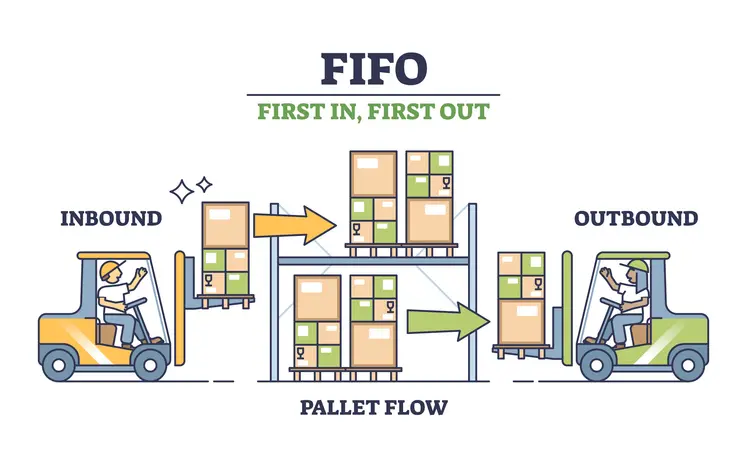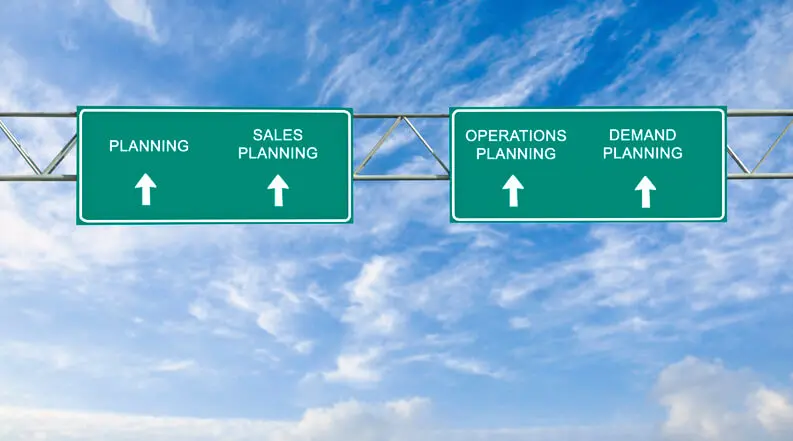Effective inventory planning is essential for a streamlined Shopify store, ensuring that each product is stocked at optimal levels to meet customer demand without delay. Poor planning can result in stockouts, which lead to lost sales, or excess inventory, which ties up capital and increases holding costs. Maintaining a well-organised inventory system enables Shopify merchants to avoid these pitfalls, cut operational costs, and enhance the customer experience. Additionally, sound inventory planning supports strategic decision-making, aligning resources with demand and achieving a balance that promotes financial health and customer satisfaction.
What is Inventory Forecasting for Shopify?
Inventory forecasting involves predicting the appropriate stock levels needed to meet expected customer demand. Within Shopify, it’s vital to keep high-demand products available while reducing excess, fostering efficient turnover, cutting holding costs, and delivering a seamless customer experience. Using data-driven insights, Shopify merchants can make informed stock decisions, reducing the guesswork often associated with inventory management.
While related, inventory forecasting and demand forecasting serve different purposes. Inventory forecasting focuses on managing stock to maintain availability, an internal process ensuring products are ready for customers. Demand forecasting, meanwhile, analyses external market trends and consumer behaviour to predict future buying patterns. Understanding the synergy between these processes is crucial for creating an effective inventory management strategy that aligns with both business goals and market trends, optimising stock and satisfying customer demand efficiently.
How Shopify Inventory Forecasting Operates
Shopify inventory forecasting is a data-driven method that anticipates future stock needs through analysis of historical sales and trends. Using Shopify’s analytics tools and third-party apps, store owners gain insights to predict demand, minimise stockouts, and optimise inventory levels. This process involves gathering sales data, analysing inventory trends, and applying predictive models, creating a proactive inventory plan that adapts to new data and changing market conditions.
Collecting Historical Sales Data
Analysing historical sales data forms the foundation of effective inventory forecasting, offering valuable insights into customer purchasing patterns. Shopify’s reporting tools make it easy to gather key metrics, such as monthly sales volumes, average order values, and seasonal trends. Focusing on metrics like sales velocity, product turnover, and peak demand periods reveals essential patterns for accurate forecasting. Organising data by time intervals, product categories, and customer demographics provides actionable insights, helping businesses connect elements like marketing campaigns to customer behaviour and inventory needs.
Analysing Stock Trends
Tracking stock trends over time helps store owners understand product movement and identify patterns critical to inventory planning. Analysing these trends clarifies which products excel during specific seasons or promotional events. Shopify’s analytics tools, along with specialised apps, reveal these patterns and support strategic restocking decisions. Adjusting inventory levels based on high-demand periods and managing surplus during slower seasons optimises inventory management. Recognising these trends also aids in identifying slow-moving items, allowing timely decisions on discounts or promotions to reduce excess stock.
Forecasting Future Inventory Requirements
Shopify merchants employ quantitative methods, like moving averages, exponential smoothing, and regression analysis, to accurately forecast inventory needs. These statistical models use historical data to identify demand trends, enabling reliable forecasts that help avoid stockouts and overstocking. External factors, such as changes in market conditions, consumer preferences, and industry trends, also influence inventory planning. For instance, rising demand for eco-friendly products may necessitate adjustments to stock levels. Combining statistical models with external insights fosters a proactive approach, enhancing inventory decision-making and management.
Leveraging Automated Tools for Inventory Forecasting
Automated forecasting tools refine inventory predictions with precision through historical data analysis. Tools like Stocky, Inventory Planner, and ForecastX handle complex calculations, reduce manual errors, and save time. These tools offer valuable insights into reorder quantities, flag potential stockout risks, and generate detailed reports, increasing forecast accuracy and efficiency. Connecting automated tools with other business systems, such as supply chain or accounting, ensures a cohesive workflow that aligns inventory management with broader business operations.
Top Shopify Inventory Forecasting Tools and Apps
A variety of inventory forecasting tools are available to support Shopify store owners in managing their stock efficiently. Here are some of the top-rated options that can greatly improve inventory management:
- Stocky by Shopify
Stocky integrates smoothly with Shopify, offering features like data-driven replenishment suggestions and purchase order generation. With an intuitive interface, Stocky helps store owners track inventory metrics and make informed decisions based on sales data, making it ideal for merchants seeking efficient, user-friendly inventory management.
- Inventory Planner
Inventory Planner provides comprehensive insights into sales trends and optimal restocking schedules, ensuring effective inventory management through its seamless Shopify integration. Equipped with demand forecasting capabilities, Inventory Planner allows store owners to anticipate customer needs and adjust stock levels to match demand.
- TradeGecko
Designed for larger stores with complex inventory requirements, TradeGecko offers extensive inventory management and forecasting features, along with multi-channel integration. Its ability to manage inventory across various locations makes it a strong choice for businesses with diverse supply chains.
- Forecastly
Forecastly uses predictive analytics to support informed restocking decisions, featuring alerts for potential stockouts and detailed performance metrics. Its data-driven insights empower store owners to strategically decide when and how much to reorder, optimising inventory control.
Choosing the right tool depends on store-specific needs like size, product variety, and budget. Implementing an effective forecasting tool simplifies inventory management, improves efficiency, and ensures consistent stock levels to meet customer expectations.
The right approach is supported by the right tools–lean into Predictive Analytics and reform the way you see inventory.
Best Practices for Shopify Inventory Forecasting
Regular updates to sales and inventory data are essential for maintaining accurate forecasts. Updating records weekly, or even daily during peak seasons, ensures that forecasts reflect real-time conditions, reducing discrepancies and improving decision-making.
Adjusting for seasonal demand is another critical practice. By analysing historical data, store owners can recognise trends linked to holidays or sales events, allowing them to align inventory levels with anticipated changes in demand. This preparation helps maintain adequate stock during peak periods while avoiding excess during slower times.
Considering lead times and supplier reliability further strengthens inventory forecasting. Lead times, which vary based on supplier location and production schedules, must be factored in to avoid stockouts and ensure timely deliveries. Evaluating supplier performance allows for adjustments in forecasts to manage risks tied to potential delays.
Planning for promotions and sales events is also key, as these often lead to surges in demand. Accurately forecasting for such events ensures adequate stock, preventing stockouts and enhancing customer satisfaction, while allowing store owners to capitalise on marketing efforts fully.
Effective Shopify inventory forecasting combines data analysis, automation, and strategic planning. Leveraging historical data, staying updated on inventory records, and accounting for external factors enable store owners to keep optimal stock levels, cut costs, and improve overall performance. This integrated approach aligns supply with demand, promoting profitability and growth in the competitive e-commerce market.
Let the data do the talking, walking and working. Partner with Intuendi today!






